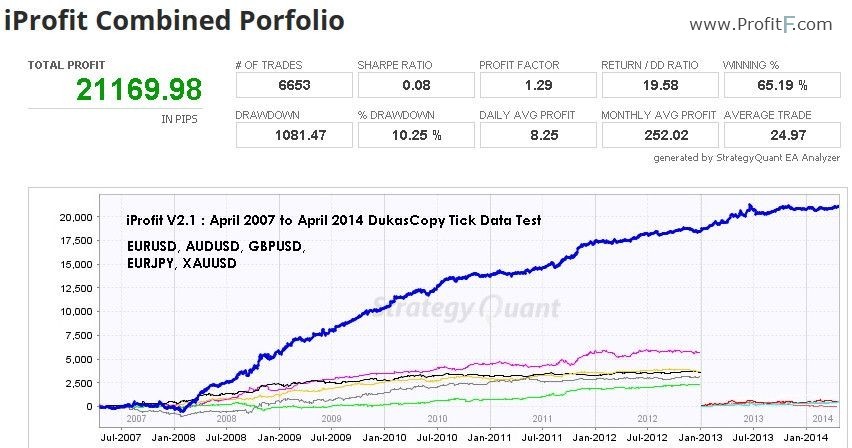Profit from Correlations in Forex Currency Trading
Post on: 24 Май, 2015 No Comment

Profit from Correlations in Forex Currency Trading
Start your Free Tomorrow In Review Preview — Sign Up Here: />
For advanced traders, correlations are big business… They help hedge funds generate substantial gains, and they even help savvy retail traders eek out some sizable short-term profits. But to take advantage of the most profitable correlations, you need to know which currency plays to watch. Here’s a look at some of the most important correlations.
An important part of scanning the currency markets for option trades is observing correlations. Currency pairs never move in isolation. Fundamental forces that move currencies are by their nature global.
Simply put, a currency pairs are highly correlated when a move in one triggers a similar move in another. That phenomenon creates serious opportunities for traders when highly correlated currencies diverge from one another…
In the post-Lehman Brothers era (that is, post September 2008), the global economy went into a huge contraction. This contraction resulted in a seesaw of risk appetite versus risk aversion for investors. Currencies that attract capital attract it either because they offer prospects of increased growth or havens of “safety.” That is why the U.S. dollar rose after September ’08.
At this time the world economy is in a post-contraction period, but with great uncertainty. As a result, currency pairs are moving with ranging behavior as economic uncertainty prevails. Those currencies that are trending reflect a consensus in expectations of growth. It’s important to track which currencies are having tight co-movements and which are not. This will give you an edge in spotting trading opportunities. Let’s do a small tour of some key correlations.
USDCAD and USDBRL
As you can see in the chart below, the Canadian pair has moved in sync with the Brazilian real (USDBRL) since January 2010. This reflects positive global sentiment on risk appetite. Brail and Canada share an important role as energy and agricultural exporters.
Mexican Peso and Brazilian Real
Even tighter in co-movement are the Mexican peso and the real. This is expected since they are both tagged as emerging market currencies. The high positive correlation between these two will allow us to use one or the other as a hedge in the future if we are wrong in a position in either one.
The British Pound and the Euro
The pound and the euro often move in the same direction but move at different degrees of momentum. At this time the GBPUSD is experiencing much stronger positive sentiment than the EURUSD is. We can see there is a spread widening between them.
The Dollar-Swiss and the Dollar-Yen
The yen gets stronger when the U.S. dollar gets weaker. This points to the Swiss franc being a safe haven currency as well as the yen. We will be using this relationship in the near future to show you how you can play an option on the JPY or the CHF to protect your equity portfolio.
The Aussie and the Dow
Another key contemporary correlation is the AUDUSD and the Dow Jones Industrial Average. Its most recent 50-day correlation is about 87%. The bullish sentiment toward the Aussie is not being caused by sentiment for the Dow, but rather the Dow is benefiting from a general increase in risk appetite.
In summary, correlations count, and strong correlations offer trading scenarios, especially when there is a disconnection in traditional co-movements. When these highly correlated pairs start to trade out of line with each other, smart traders can easily make bets that they’ll see a convergence once again.
While this is one of the more advanced trading strategies I’ve gone over with Sleuth readers, it’s also one of the most predictable. Ultimately, it’s a great market phenomenon to add to your toolbox, whether you trade off of it or not…














